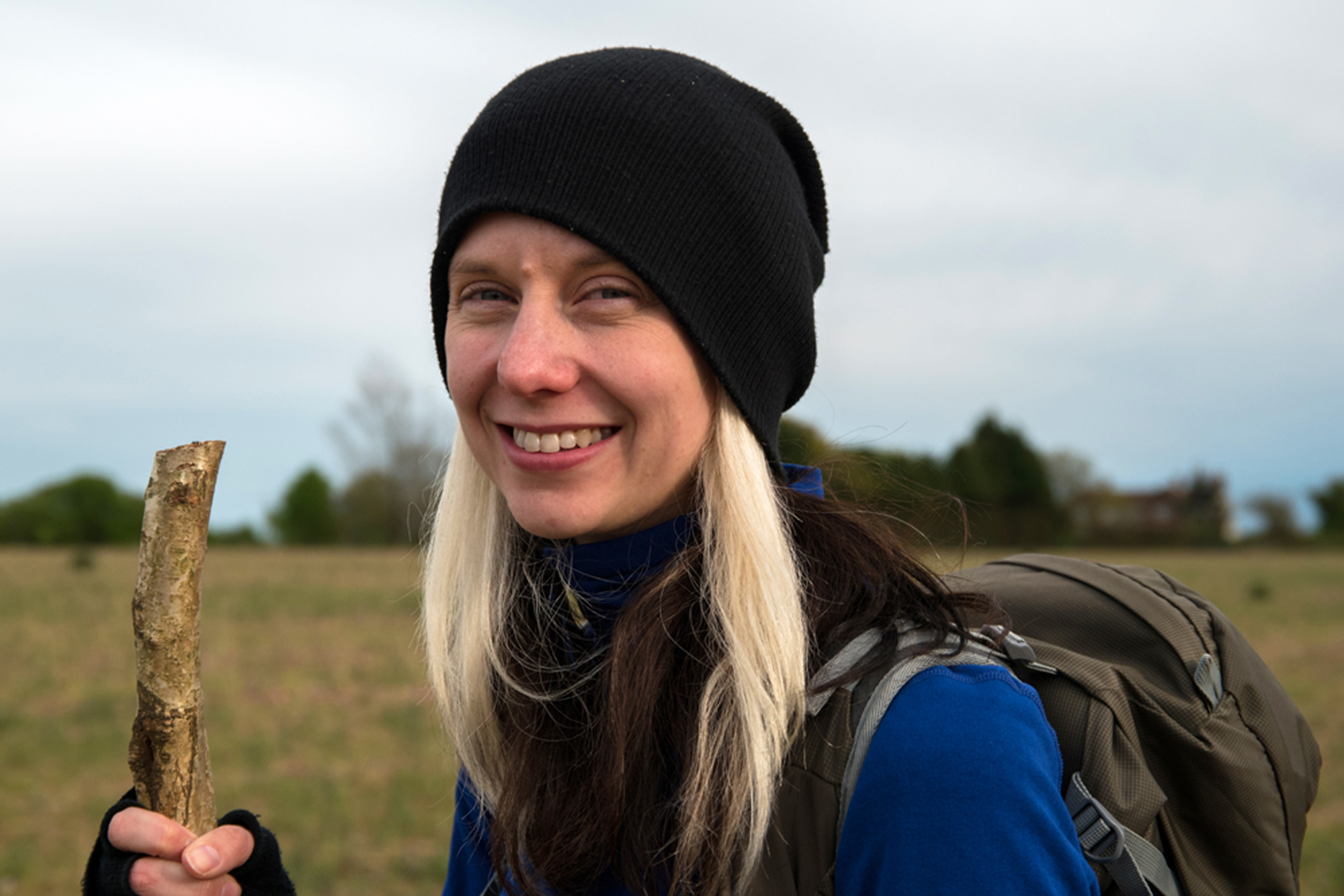Stone walls; bare floorboards; woodburning stove; a couple of chairs and a table. This scene may sound basic – almost unappealing – but for lovers of wild, remote places, nothing instills a sense of comfort and safety quite like a bothy. And these mountain refuges left open for weary walkers can be found up and down the UK.
But what exactly are bothies? What are they like to stay in? And what do you need to bring if you plan to spend a night in one? Our beginners' guide takes a closer look at these mountain shelters before revealing a few of our favourites.

What is a bothy?
Bothies are simple structures found in remote locations left open for weary walkers. They have no wardens to check you in, no booking system, no electricity and no running water.
Rudimentary they may be, but after a hard day’s walking, a bothy is a welcome sight to a weary wayfarer. With a roof and a fire or stove to warm up with, they offer more protection than tents, allowing you to enjoy longer spells in remote landscapes.
What should I bring to a bothy?
In case the bothy is full, or you can’t find it in the darkness, snow or mist, you need to pack as if you’re camping, including a warm sleeping bag and mat, and a stove for treating water and making hot drinks.
Also crucial are fuel for the fire, matches and toilet roll, plus a dedicated bag for carrying rubbish out with you.
What is it like staying in a bothy?
Staying in a bothy feels like a proper adventure. Solitude, for example, is never guaranteed. You may find yourself sharing whisky with German tourists one night, crashing a stag party another, or even bedding down top-to-tail with a group of climbers you've met an hour before.
Aside from meeting like-minded people and spending cosy nights in front of a fire, it’s the buildings themselves that people often love.
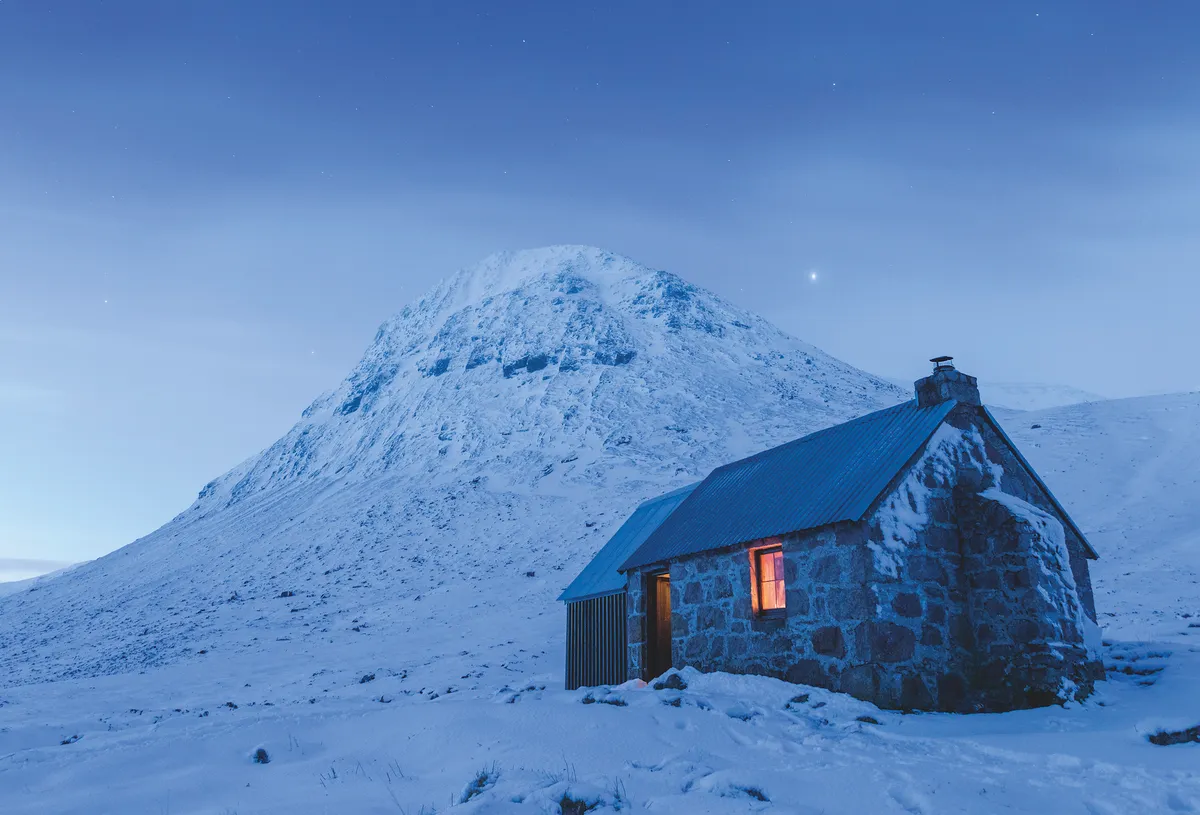
History of bothies
British bothies are different from the mountain huts found elsewhere in the world, because they were never built specifically for walkers. They were originally homesteads on remote estates, built for gamekeepers, farmers, shepherds, quarrymen and so on.
In the first half of the 20th century, the large estates reorganised their workforce more centrally, transport improved, and many of these remote buildings were no longer needed. Hundreds were abandoned and left to ruin. Later, after the Second World War, walking boomed in popularity, and many hikers made use of the empty buildings to spend a night in the hills – with or without permission.
In 1965, a group of friends led by Bernard and Betty Heath restored a remote building in Dumfries and Galloway. That working party marks the founding of the Mountain Bothies Association (MBA), funded by donation and run by volunteers. Half a century later, the MBA still works closely with landowners – who own the buildings and lease them to the group – to “preserve and restore open shelters for the use and enjoyment of all those who love wild and lonely places”. In 2015, the organisation received The Queen’s Award for Voluntary Service, an award given to volunteer groups across the UK to recognise outstanding work in their communities.
The bothies in its care range in size, location and former use. There’s the tiny former water pumping house on Grwyne Fawr reservoir in the Brecon Beacons; the near-hidden Lake District hut of Warnscale Head, made from leftover slate mining spoil, with a wonderful view down to Buttermere; and one of the most remote bothies in Scotland, Ben Alder Cottage, which demands a tough walk to reach it and is steeped in tales of the former residents said to haunt it. That’s just a tiny selection of the MBA’s 101 shelters, mainly across Scotland but with a scattering around northern England and a handful in Wales.
There are also bothies looked after by other groups – it’s a thrill to stumble across one you didn’t know existed.
Mountain Bothies Association maintenance
For some walkers, a bothy provides potentially life-saving respite from atrocious weather. The Pennine Mountain Rescue team uses a bothy called Greg’s Hut near Garrigill on the Pennine Way to warm up lost hikers and administer first aid.
Work to maintain the shelters is vital to their survival and thanks to donations of both money and time, the MBA continues to thrive. Chairman Simon Birch explains: “In the early years, not many people knew what a bothy even was, never mind where they were.” Now all the bothies are listed on the MBA website. Despite the occasional problem, the MBA has found that the free-of-charge system has worked well; if you trust people to do the right thing, they normally will. With the popularity of outdoor pursuits increasing, the main issue the MBA faces now is one that has been brought about by heavier usage – for most bothies don’t have a toilet. Instead, a shovel for digging a hole is the norm, but some people don’t always use it. “We have installed composting toilets at some popular bothies and that has helped,” explains Simon.
What is the bothy code?
The Mountain Bothies Association has guidelines to ensure that bothies last for decades come:
- Respect the bothy and the surrounds. Leave every bothy in better condition than it was when you found it: remove your own rubbish, as well as other litter you find. Use the shovel to dig a toilet hole at least 200m from the bothy – take out all paper. Take your own fuel, don’t cut live wood.
- Respect other users – it’s not a case of first come, first served; there should be room for everyone. Groups larger than five need permission
- Keep it short – don’t stay more than two nights.
- Obey landowners’ rules – if the bothy is closed during hunting or lambing season, keep out.
Best bothies in Britain
Kearvaig Bothy, Cape Wrath
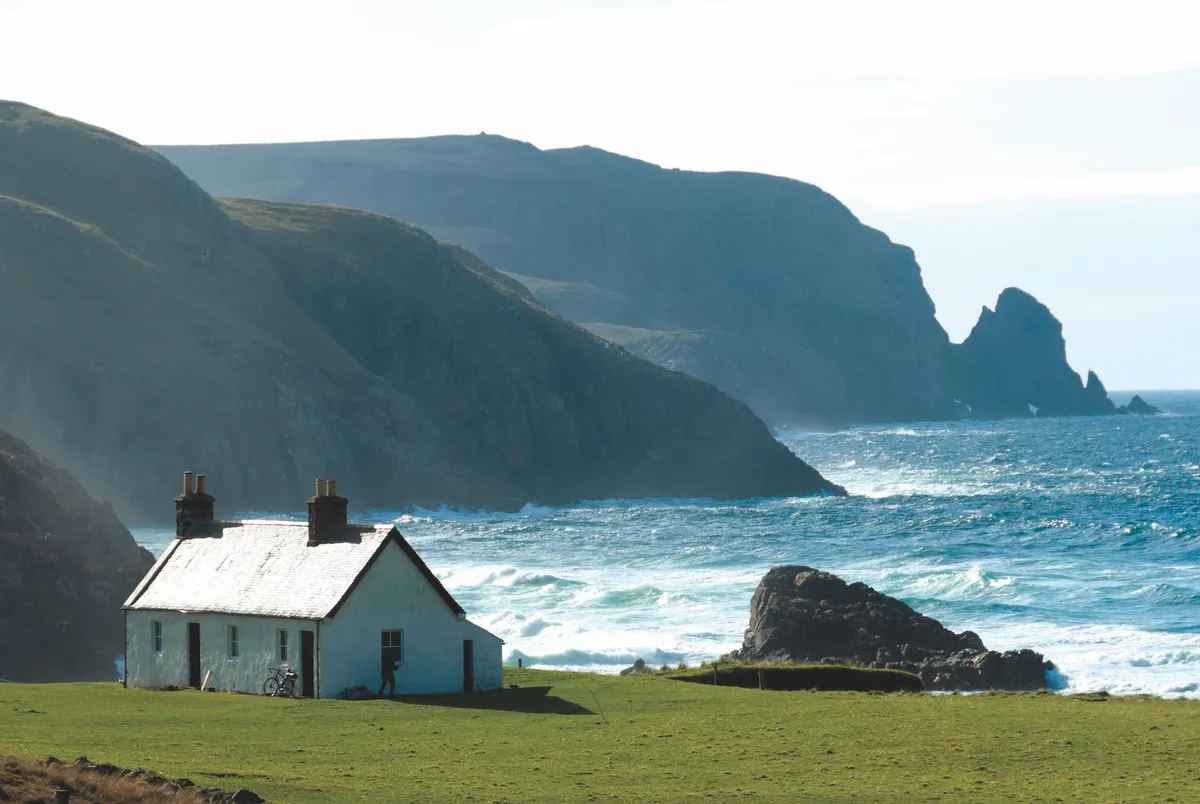
Welcome to the end of the earth. If you want to escape to the wildest edge of Britain, make Kearvaig Bothy at Cape Wrath, in the extreme north-west of Scotland, your destination. It’s an epic journey to reach this otherworldly place; you’ll feel like you’re on a different planet when you finally hike or bike along the rough track that leads to this remote haven. Kearvaig is free and open to anyone, and just steps away from the front door is a gorgeous white-sand beach that looks like a Caribbean scene until you dip a toe in the ever- chilly water. Unlike some basic bothies, this is quite cosy – bring your own wood and you can bed down next to a crackling fire.
The Lookout, Isle of Skye
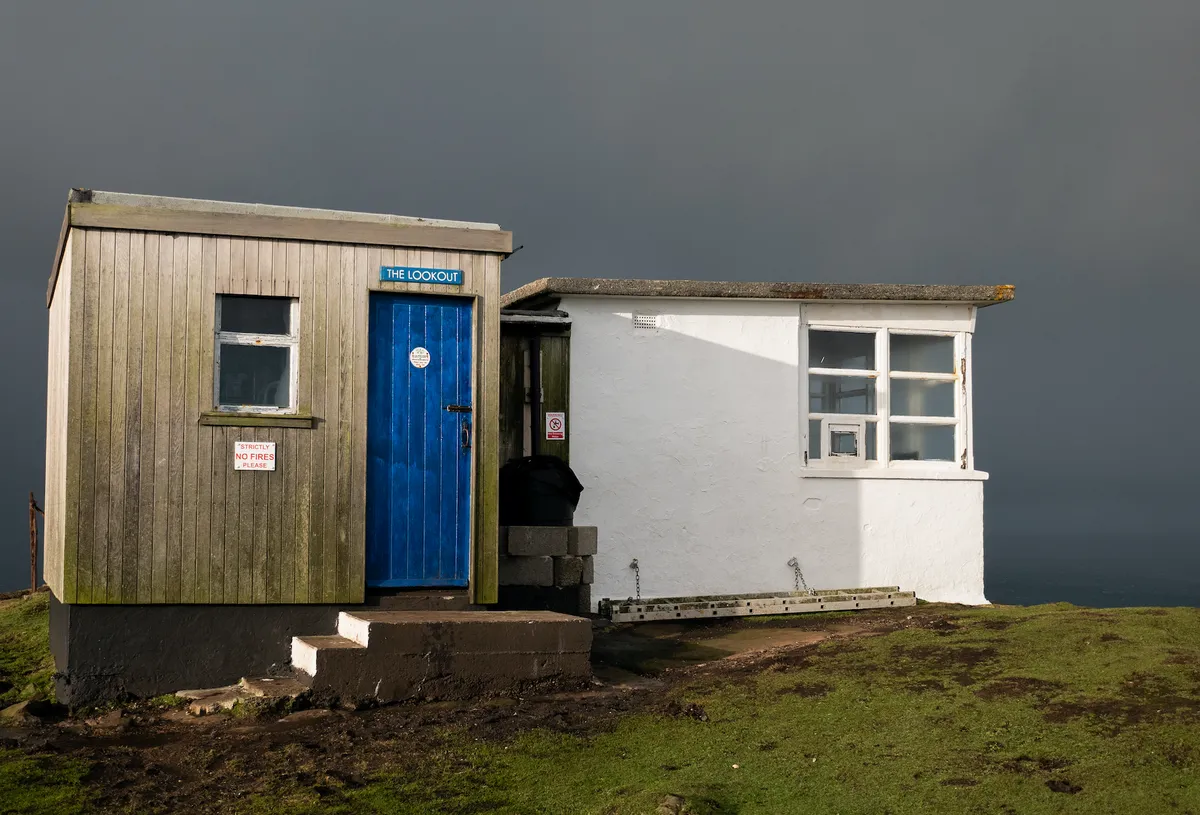
This former coastguard lookout station offers no stove but does boast a 180-degree view over The Minch and the Outer Hebrides. You may even spot whales and dolphins from the window.
Ben Alder Cottage, Dalwhinnie
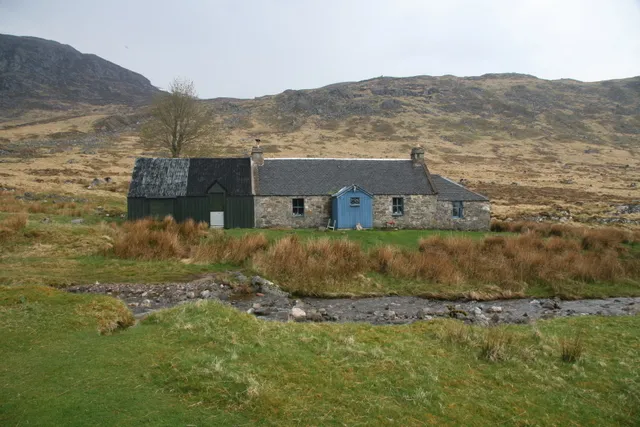
It’s a long walk in from Corrour or Dalwhinnie to this former deerstalkers’ cottage, one of the most remote bothies in the network. You’ll be rewarded with perfect lochside views, miles from anyone.
Gelder Shiel Stable, Balmoral
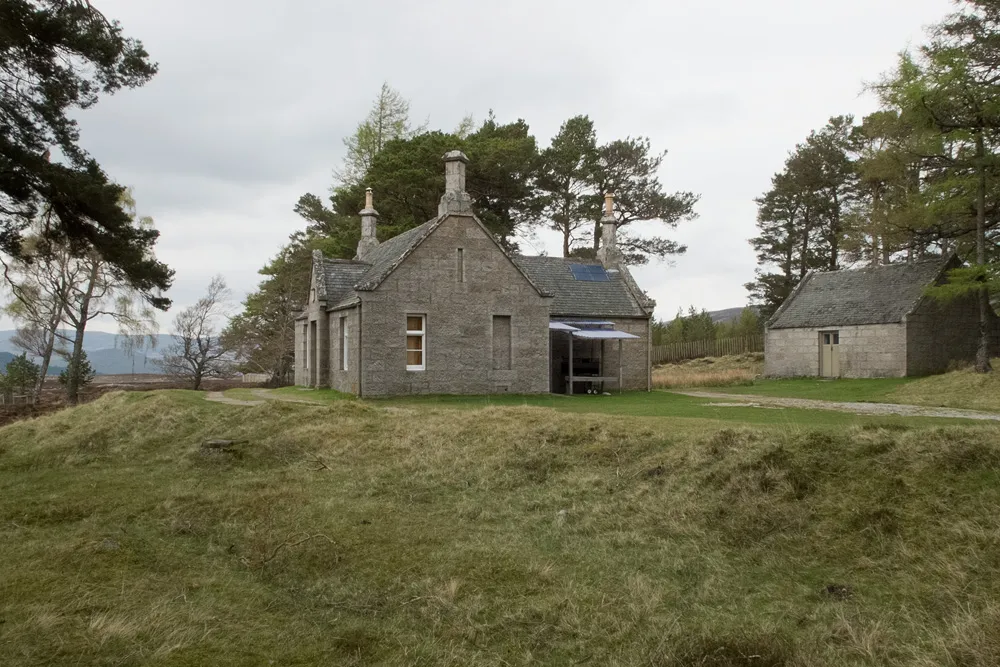
It’s not every day you get to sleep on the Queen’s estate: imagine the thrill of doing so, for free, in this old stable near Lochnagar mountain. This one boasts a toilet and a fire, making it a truly regal affair by bothy standards.
Nant Syddion, Mid Wales
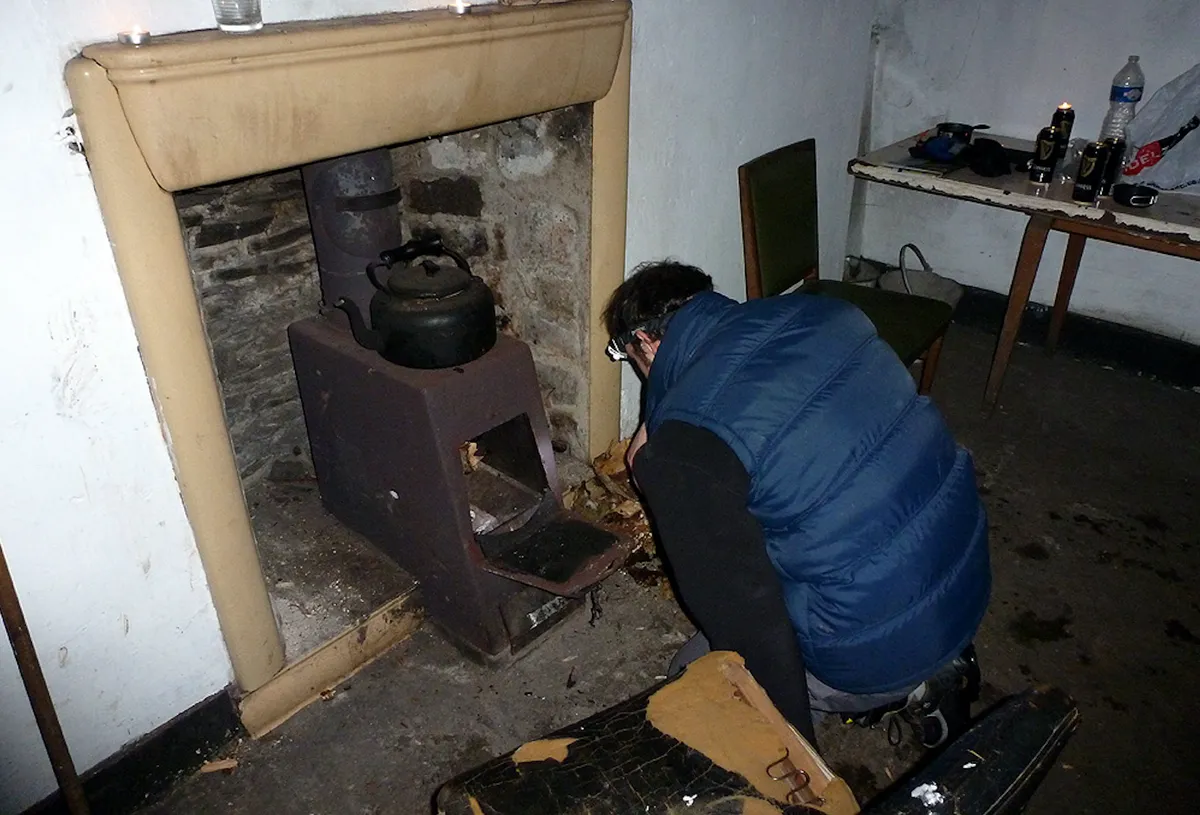
Climb through the trees to reach this former homestead in the woodland of Mid Wales, where red kites often fly overhead, then take your pick of the bedrooms. There’s even an outside loo... with a view.
Mosedale Cottage, Lake District

Tucked away to the north east of the National Park, near the slopes of an old slate quarry, is this whitewashed shepherd’s hut. Enjoy a truly quiet night, a world away from the rest of Lakeland.
Corrour Bothy, Cairngorms

In the gathering dusk, lonely Corrour Bothy nestles below the Devil’s Point in the wild Cairngorms.
For more bothies to stay in, see www.mountainbothies.org.uk
